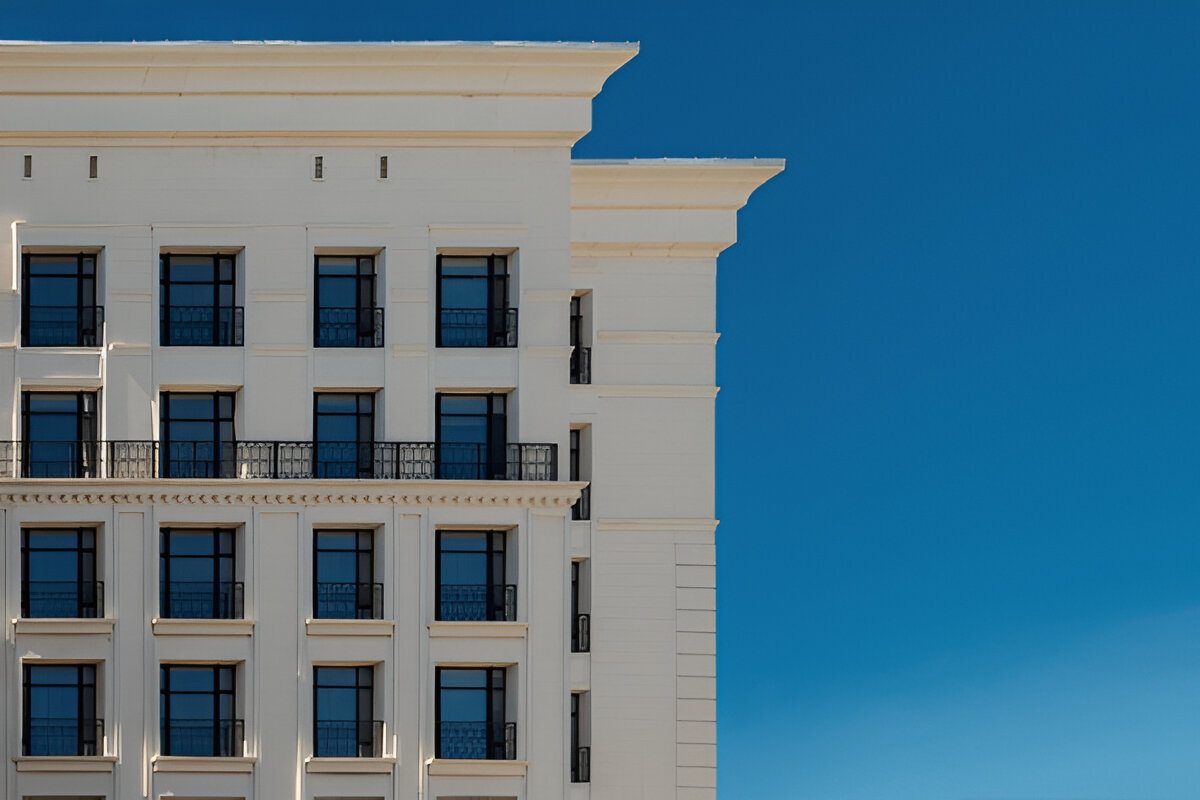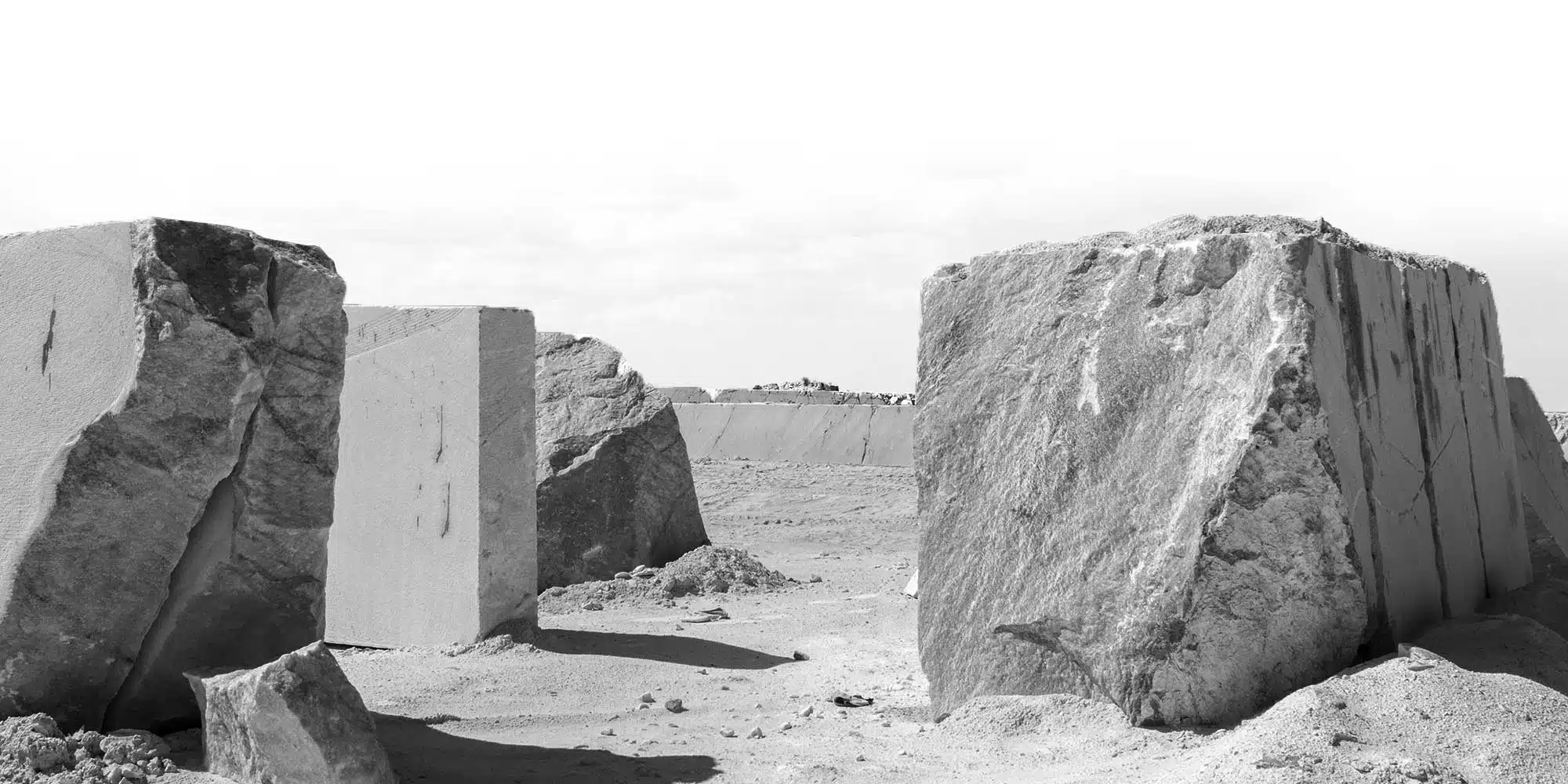Travertine stone stands as a pivotal and essential element in the design of both floors and walls within a building, contributing significantly to the art of color design and interior architecture. Given its widespread application across various structures and its remarkably diverse color palette, travertine is extensively utilized as building facades, interior walls, indoor flooring, skirting boards, as well as walls and surfaces for villas, pool surrounds, and green spaces. In the following sections, we will delve into the material composition and advantages of this remarkable stone.
The History of Travertine Stone

Travertine boasts a rich and extensive history, with its origins tracing back to ancient Rome. The Colosseum, one of the most iconic symbols of ancient Roman architecture, was notably constructed using travertine. Despite its ancient heritage, travertine’s presence can also be observed in celebrated contemporary design works, such as those by Ludwig Mies van der Rohe, the renowned German-American architect. The German Pavilion in Barcelona, designed for the 1922 International Exposition, remains a memorable and astonishingly beautiful work by this architect, inspiring countless other designers. This architectural masterpiece prominently features travertine and marble.
What is Travertine Stone?
Travertine is a type of porous limestone, categorized as a decorative stone. It forms from the mineral deposits of hot springs or caves, or from the sedimentation at the bottom of seas and rivers, often appearing as relatively vast expanses. This stone exhibits remarkable resistance to diverse climatic conditions. In nature, travertine can be found in a variety of colors including white, cream, chocolate, red, walnut, yellow, lemon, and silver.
It’s important to note that travertine stone has no spatial limitations; you can effectively use this stone in both interior and exterior applications. After extraction from quarries, travertine stones are broken into large blocks, which are then transported to stone-cutting factories for processing. Subsequently, the stone is cut into slabs, tiles, mosaics, and other forms, becoming available for various applications.
Applications of Travertine Stone
Due to the high demand for this product in our country, its production volume has significantly increased in recent years, leading to its recognition as an affordable stone. The widespread use of travertine did not gain significant traction until the introduction of resin into the market. The adoption of resin to fill the surface pores, replacing the traditional use of putty and cement, led to a substantial surge in travertine’s popularity. Furthermore, the inherent beauty of these stones significantly boosted their market sales.
Travertine stones, typically with a thickness of approximately 1 inch, are commonly used for exterior spaces. This thickness can range up to 2 inches. The thicker variety is particularly suited for environments with cold climates, as this increased thickness helps prevent damage to the stone during freeze-thaw cycles. This substantial thickness is highly suitable for pool walls. Additionally, its unique texture and non-slip properties are attributed to its fine pores. Another significant application of travertine stone is in interior sections of buildings, such as staircases. The high polishability of this stone is a key reason for its deployment in such locations.
Advantages and Disadvantages of Using Travertine Stone
Advantages
- Cool Surface: Travertine’s surface consistently remains cool, making it an excellent choice for pools and patios in warm climates.
- High Polishability: It offers excellent polishability, allowing for a smooth and refined finish.
- Cost-Effective: Its common colors are often economically priced.
- Non-Slip Texture: Its porous texture provides good traction, preventing slips.
- Dry Laying Capability: It can be installed without the need for mortar, using dry-laying methods.
- Luxurious Aesthetic: Its distinct texture lends a visually stunning and luxurious appearance.
- Color Fastness: The surface of travertine stone retains its color well and does not fade.
Disadvantages
- Inconsistent Pattern and Color: It exhibits natural variations in pattern and color, and its resistance to cold temperatures can be low. When wet and exposed to freezing temperatures, travertine can quickly crumble. Therefore, travertine blocks stored outdoors in cold weather must be covered.
- High Water Absorption: This stone absorbs a significant amount of water. However, this can also be an advantage, as it tends to get dirty slower.
- Low Resistance to Acid Rain: It has limited resistance to acid rain, which can cause damage over time.
- Higher Initial Cost for Flooring: When used for flooring, it generally incurs a higher initial cost compared to other types of stone.
Travertine Stone Extraction Methods
Travertine stone is quarried in numerous locations worldwide using several distinct methods:
- Channeling Machines: These machines are used to cut channels in the stone.
- Wire Saws: Large wire saws are employed for precise cutting of stone blocks.
- Chain Saws: Specialized chain saws are also utilized for extraction.
- Water Jet Cutting Devices: High-pressure water jet cutting technology is another method for precise stone separation.
Following extraction and separation from the quarry face, the stone is transferred to storage facilities. After these initial stages, the stone is moved to factories where it is cut into slabs of various sizes and dimensions. Subsequent processing stages are carried out based on customer requirements, after which the product is packaged and dispatched to the market.
Factors in Choosing the Best Travertine Facade Stone
Travertine Stone Color
The most crucial factor to consider initially is the color and aesthetic appeal of the building’s facade. Some individuals prefer darker shades, while others opt for lighter colors such as white. The beauty of these stones often surpasses that of traditional Roman facade stones.
Stone Adhesion Level
Architects and individuals intending to purchase travertine facade stone must consider its adhesion properties with mortar. A stone with sufficient adhesion will remain securely in place during and after construction, preventing falls. Given that travertine stones are porous and sedimentary, the numerous pores and holes within their structure significantly enhance their adhesion capabilities.
Stone Dimensions
The dimensions of travertine stone are another critical factor that requires specific attention based on the intended application. The size of this stone will vary according to the architectural style of the building. For instance, the dimensions of stone used for a bridge will differ from those required for an exterior facade.
Concluding Remarks
In this article, Topaz Stone Trading has comprehensively discussed what travertine stone is, along with its properties and characteristics. When it comes to selecting a natural stone that can be utilized both indoors and outdoors, travertine consistently emerges as the superior choice. This stone singularly offers all the advantages a natural stone should possess, and due to its neutral color palette, it provides a multitude of design opportunities. From showers to outdoor patios, travertine stone knows no bounds, and with proper care, it will endure for many years to come.



One Response
very good article